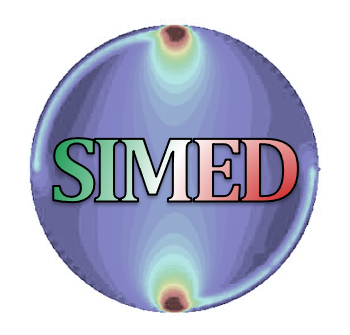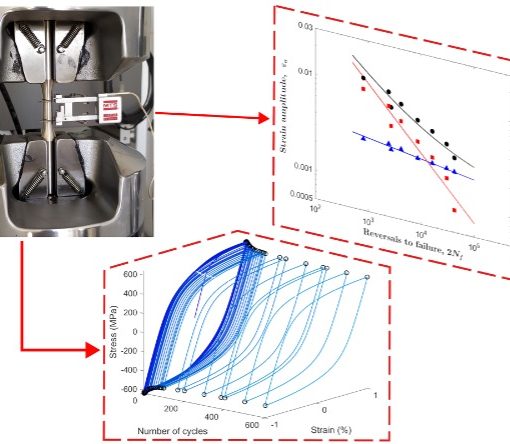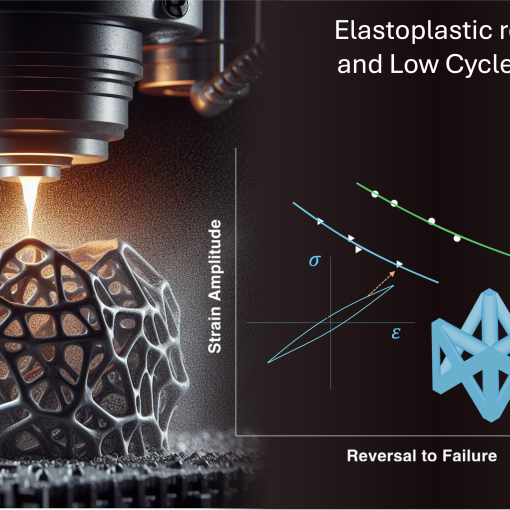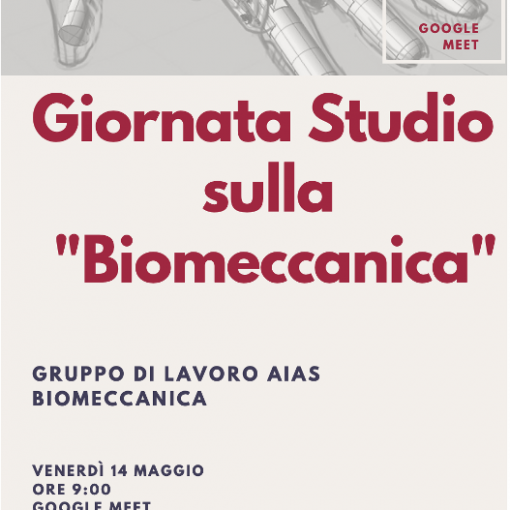
The manufacturing process required to obtain pressure vessels strongly constrains the choice of its shape. Strictly speaking, simple shapes are compatible with production requirements, but at the same time they do not allow to optimize important characteristics such as the mechanical resistance, the weight or the cavity volume of the vessel. In this article, the employment of a metal additive manufacturing technique (selective laser melting) for the fabrication of a (halved) minimum-mass vessel whose shape and thickness distribution are analytically derived from calculus of variations is examined for the first time. To this purpose, the geometry and the microstructure of the technological demonstrator are assessed whether they fulfil the prescribed optimization constraints.





